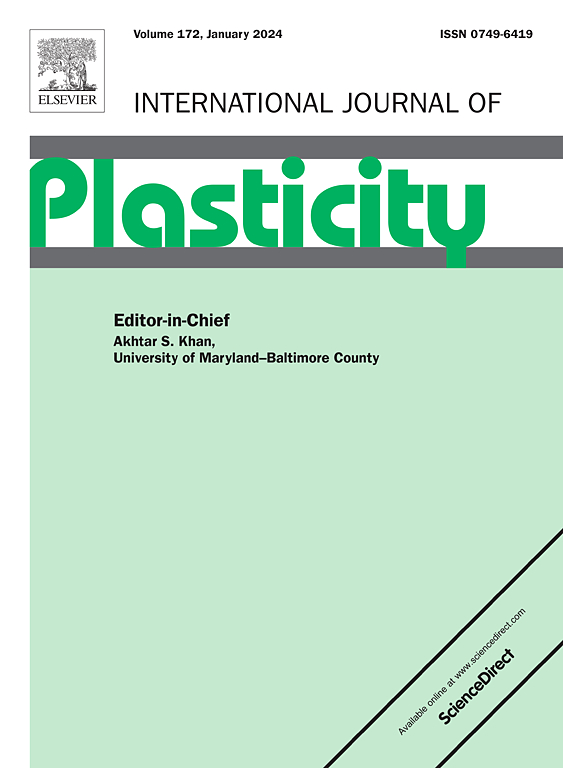Deposited Ductile-GPa CoCrNi-based FCC medium entropy alloy with continuously precipitation by directed energy deposition-Arc
IF 12.8
1区 材料科学
Q1 ENGINEERING, MECHANICAL
引用次数: 0
Abstract
An L12-strengthened Co30Cr18Ni42Al5Ti5 medium-entropy alloy was fabricated via directed energy deposition (DED)-Arc technique, focusing on investigating the modulation mechanism of the process on L12 phase precipitation behavior. The results showed that the high heat input and moderate cooling rate features of DED-Arc process effectively suppressed the discontinuous precipitation (DP) behavior: the coarse columnar crystal structure significantly reduces the number of grain boundaries; moderate cooling rate promotes homogeneous distribution of Al/Ti elements and eliminates grain boundary segregation; This “coarse grain-element homogenization” synergy results in a high-density distribution of the L12 phase within the grain through a continuous precipitation (CP) behavior. Directly deposited alloys exhibit gigapascal strength (∼1090 MPa) and high uniform elongation (∼28.4 %). Furthermore, subsequent heat treatment of the deposited alloys confirmed the thermal stability of the continuous L12 precipitation, with increased L12 phase fraction while maintaining “FCC+L12” structure. This work provides guidance for the fabrication of L12-strengthened high-entropy alloys and medium-entropy alloys with excellent mechanical properties by additive manufacturing.


定向能电弧沉积连续沉淀韧性- gpa cocrni基FCC介质熵合金
采用定向能沉积(DED)电弧技术制备了L12强化Co30Cr18Ni42Al5Ti5中熵合金,重点研究了该工艺对L12相析出行为的调制机制。结果表明:大的热输入和中等的冷却速率有效地抑制了非连续析出(DP)行为:粗的柱状晶体结构显著减少了晶界数量;适度的冷却速度促进了Al/Ti元素的均匀分布,消除了晶界偏析;这种“粗晶-元素均质化”协同作用通过连续析出(CP)行为导致L12相在晶粒内高密度分布。直接沉积的合金具有千兆帕斯卡强度(~ 1090mpa)和高均匀伸长率(~ 28.4%)。此外,对沉积合金的后续热处理证实了L12连续析出的热稳定性,L12相分数增加,同时保持“FCC+L12”结构。该工作为利用增材制造技术制备具有优异力学性能的l12强化高熵合金和中熵合金提供了指导。
本文章由计算机程序翻译,如有差异,请以英文原文为准。
求助全文
约1分钟内获得全文
求助全文
来源期刊

International Journal of Plasticity
工程技术-材料科学:综合
CiteScore
15.30
自引率
26.50%
发文量
256
审稿时长
46 days
期刊介绍:
International Journal of Plasticity aims to present original research encompassing all facets of plastic deformation, damage, and fracture behavior in both isotropic and anisotropic solids. This includes exploring the thermodynamics of plasticity and fracture, continuum theory, and macroscopic as well as microscopic phenomena.
Topics of interest span the plastic behavior of single crystals and polycrystalline metals, ceramics, rocks, soils, composites, nanocrystalline and microelectronics materials, shape memory alloys, ferroelectric ceramics, thin films, and polymers. Additionally, the journal covers plasticity aspects of failure and fracture mechanics. Contributions involving significant experimental, numerical, or theoretical advancements that enhance the understanding of the plastic behavior of solids are particularly valued. Papers addressing the modeling of finite nonlinear elastic deformation, bearing similarities to the modeling of plastic deformation, are also welcomed.
 求助内容:
求助内容: 应助结果提醒方式:
应助结果提醒方式:


